Should F1 Introduce New Livery Rule Or Technology
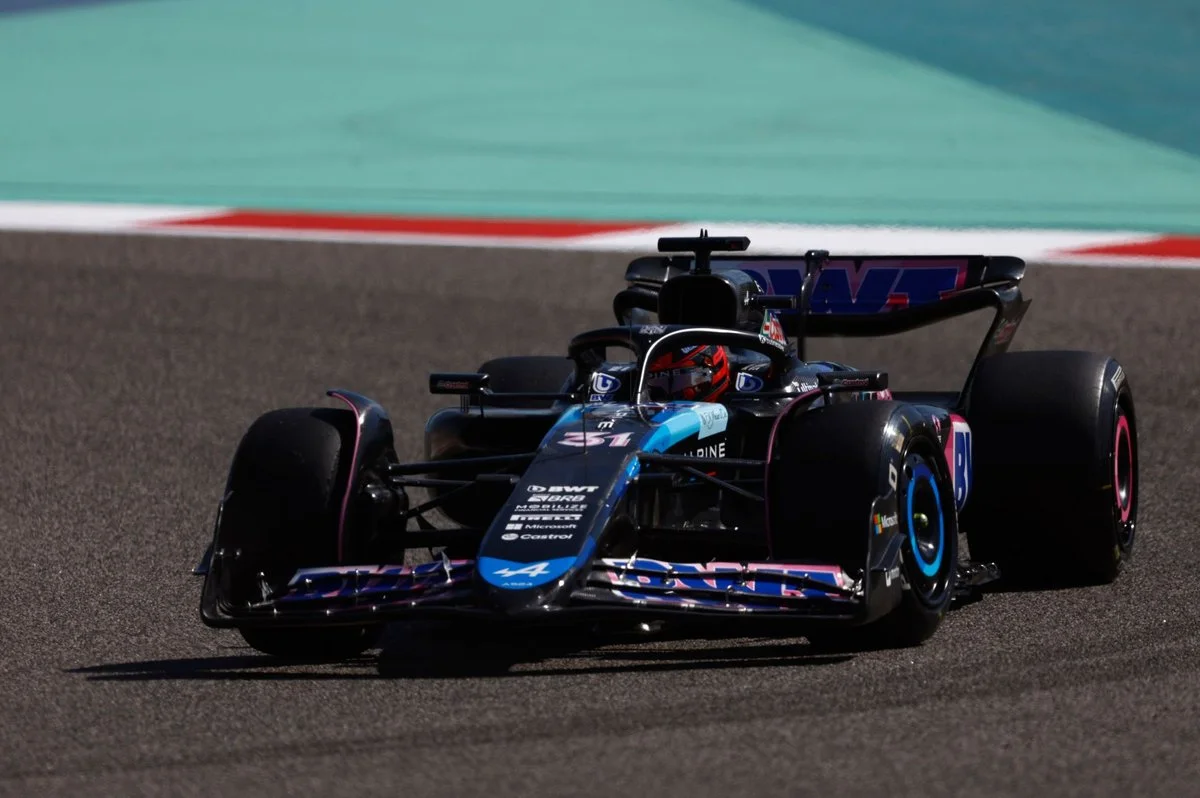
The persistent absence of color on the grid has been a major topic of controversy leading up to the next Formula 1 season.
Once, teams would paint their vehicles with vivid liveries that made a big impression on spectators. However, in the recent ground effect age of Formula One, teams are trying to conserve weight by stripping as much of their heavy cars as possible.
Alpine's new, overly black A524 is evidence that the trend is still going strong, and it has even sparked debate about whether or not F1 executives should take action to stop it.
For example, is it necessary to implement a regulation requiring teams to paint their complete vehicle in order to guarantee that the grid is filled with exquisitely designed vehicles?
It's a thoughtful concept. It would be very difficult to frame laws that would require teams to paint their vehicles, but as is often the case in Formula One, the devil is in the details.
One of the top authorities on paint for Formula One concurs that it is difficult to envision this project succeeding, believing that attempting to control the region would lead to many difficulties.
In 2008, Mark Turner was a founding member of Silverstone Paint Technologies. Even though it cannot disclose whose teams it works with specifically, the firm now collaborates with most of the Formula One grid.
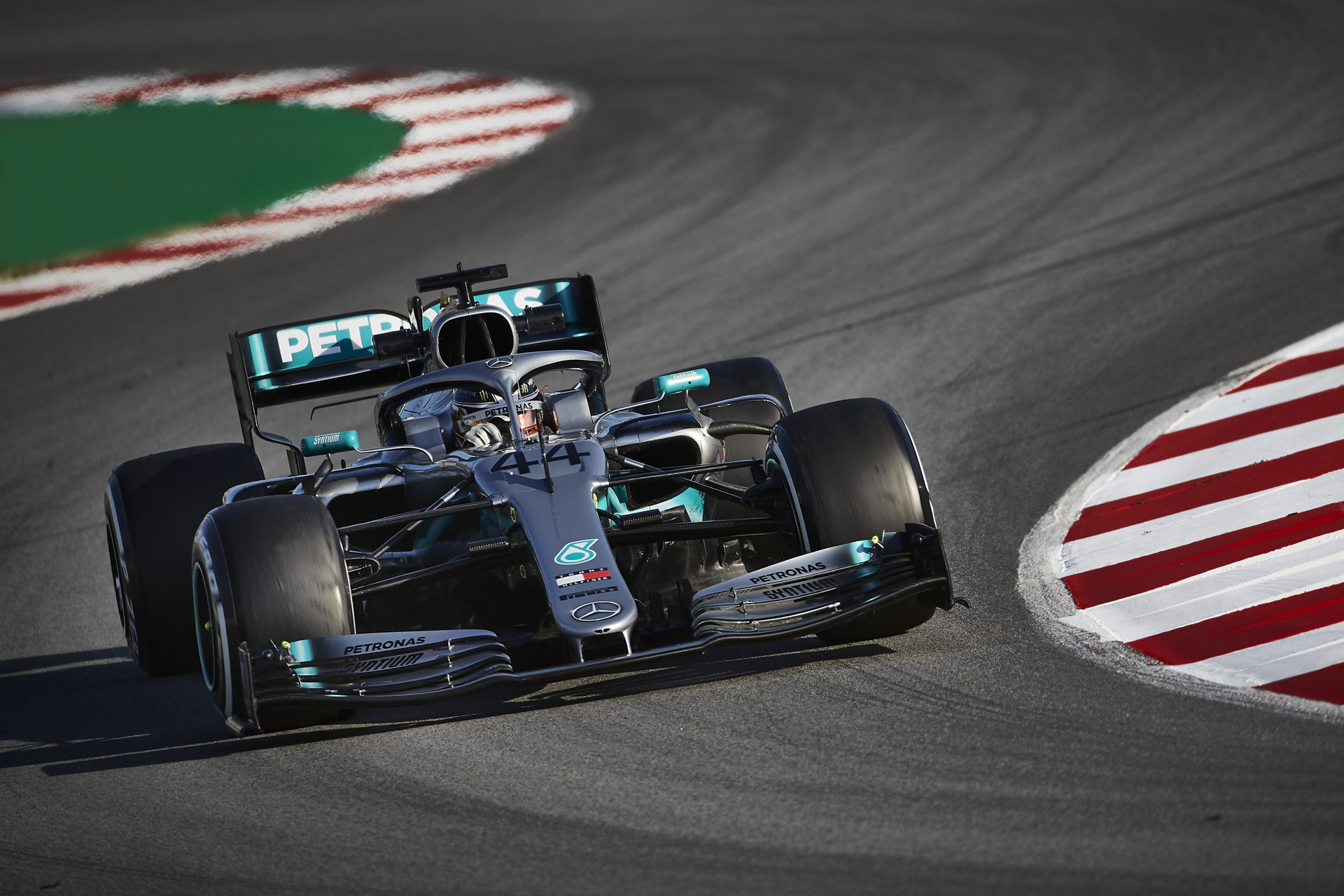
Turner said, "I don't know how you'd regulate it easily, because obviously the surface area and the choice of livery design, [such as] where you're painting, where you aren't painting, if you regulate it at minimum, it might make it challenging to actually standardise that across all the cars." Turner was asked if a rule change was the best way to solve F1's livery problem.
Although it seems like a bad idea to have teams paint their cars, this does not mean that carbon-dominated liveries are the only thing available to Formula One.
Turner is certain that the issue is exclusive to the present generation of vehicles, meaning that when Formula One switches to smaller engines in 2026, it should resolve itself.
He thinks it's critical to realize that teams' struggles to get close to the mandated minimum weight restriction are not the only reason paint is a problem right now.
Additionally, the fact that painting F1 cars now needs so much more material due to their increased size is another reason why it has begun to be considered a legitimate performance issue.
Turner said, "Paint mass has always been on the agenda, it's just never been a priority."
Strangely enough, I believe that it has most likely migrated over time due to the automobiles' increased size.
"Compared to, example, the early 2000s, when you kind of had the naturally aspirated engines, the surface area is substantially bigger.
Read Also: Verstappen: F1 Monaco Gp Was Not Really Racing
"They were smaller automobiles, and as the hybrid period progressed, the cars became considerably larger. Therefore, it is evident that the surface area directly influences the total cost of the paint and livery.
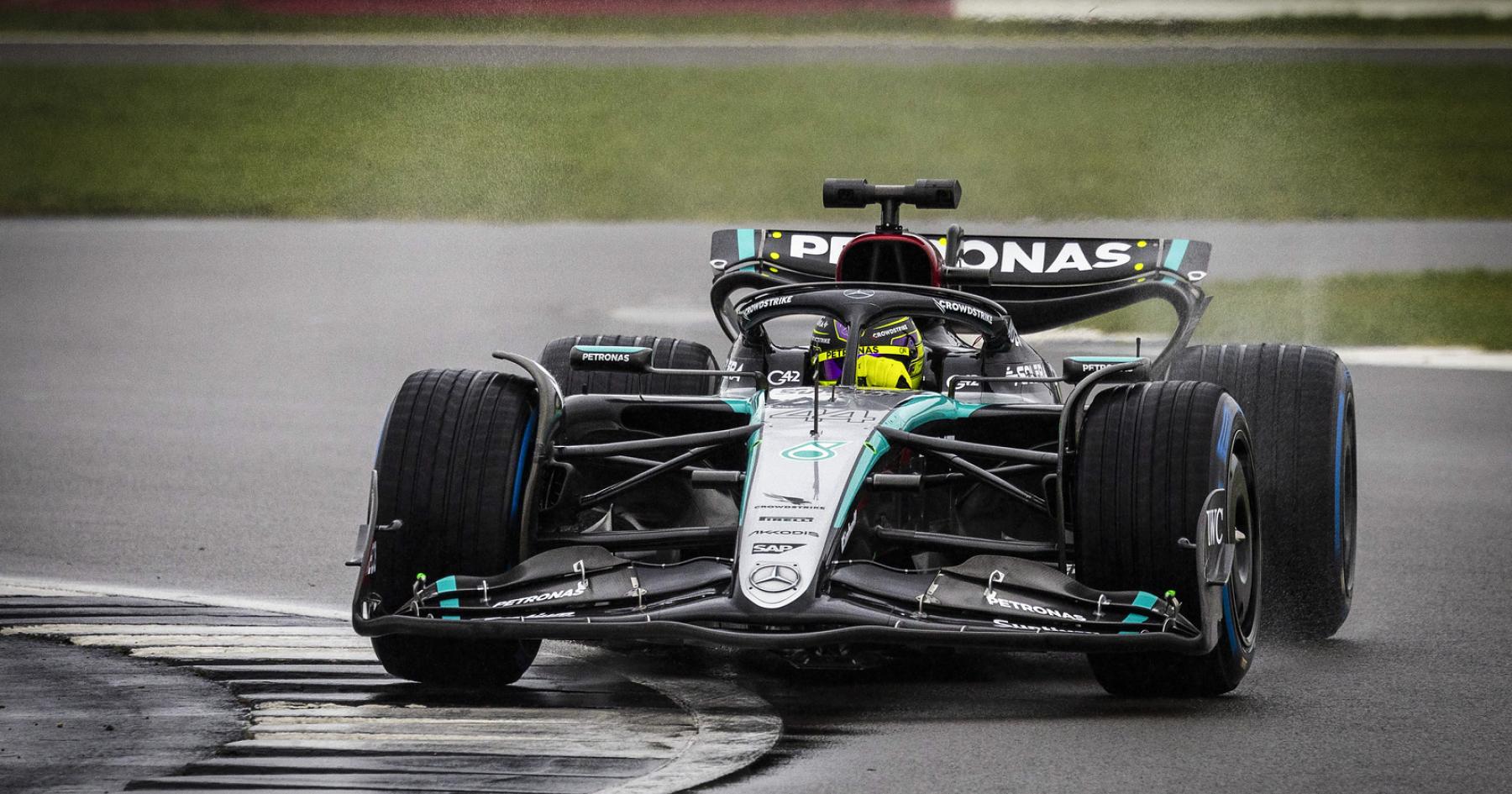
"We can't discuss any team in particular, but we were sitting with some of the heaviest liveries three years ago—roughly three kilograms of paint and branding.”
Since then, advances in paint technology have allowed the weight of a complete livery to be reduced to little over 1kg. Although F1's 2026 plans call for lighter cars, which may assist with the problem directly, Turner believes that further advancements and stronger ties with teams will lead to the return of the spectacular paint jobs of the past.
"In the end, I believe innovation will occur," he said. Working with the engineering teams to identify areas where they can go further and where it could be advantageous for them to not manage brand is sometimes necessary.
If you can innovate in the paint and coatings industry to create a lighter overall finish that the commercial team is satisfied with, you have a little technical edge. In a sense, that's what F1 is all about: innovation and pushing the envelope. When innovation is rewarded rather than becoming the norm, it's good sometimes.
Therefore, push and pull. But once again, it's crucial if we want recognizable liveries that spectators can recognize and recognize throughout a race.
"I believe that working more closely with the technical and commercial design teams will also result in some small benefits. And eventually, part of the color will return as a result.

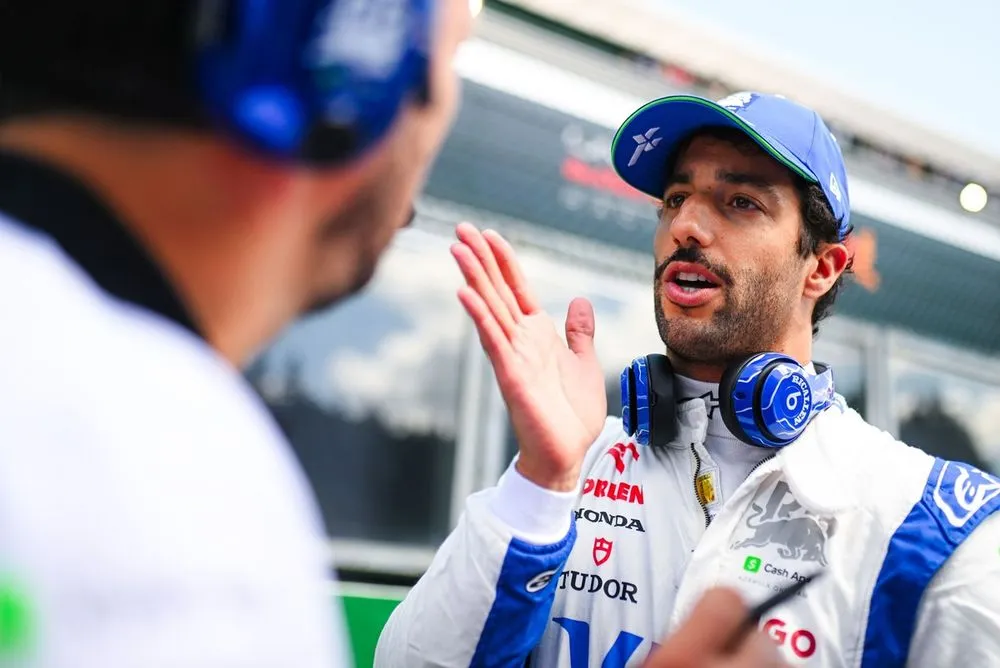
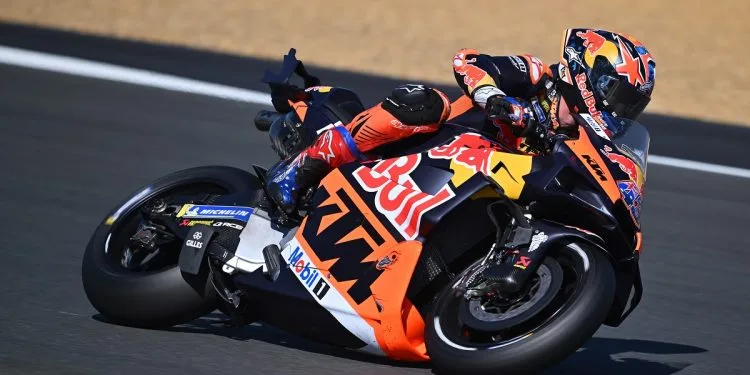
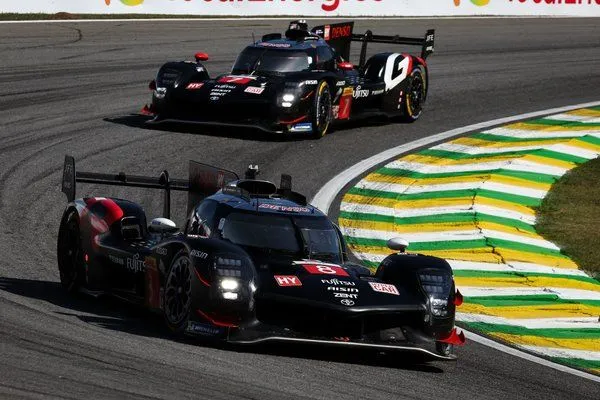
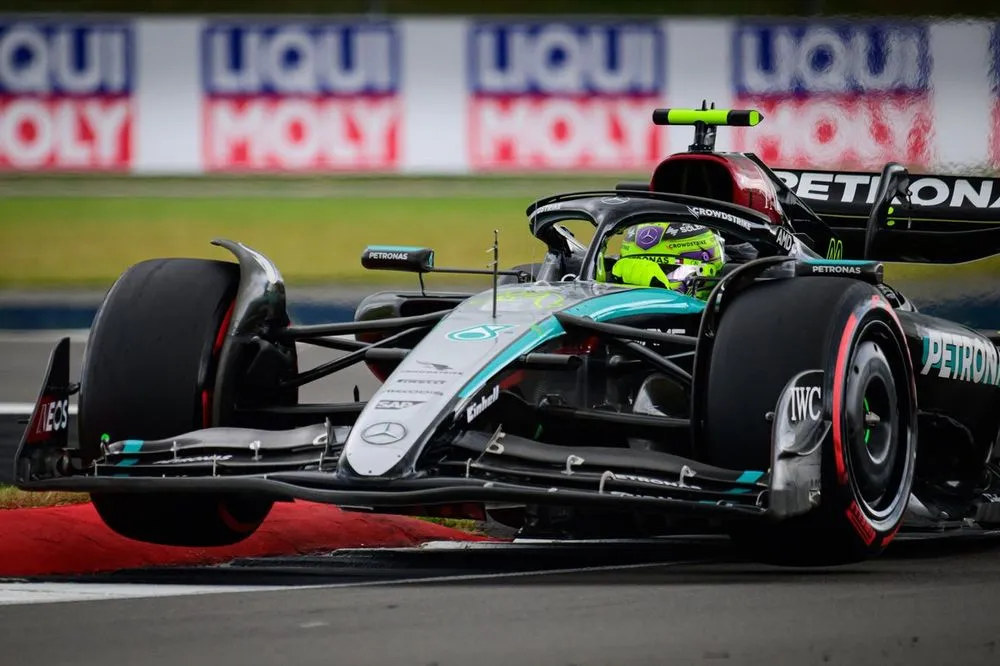
.jpg)
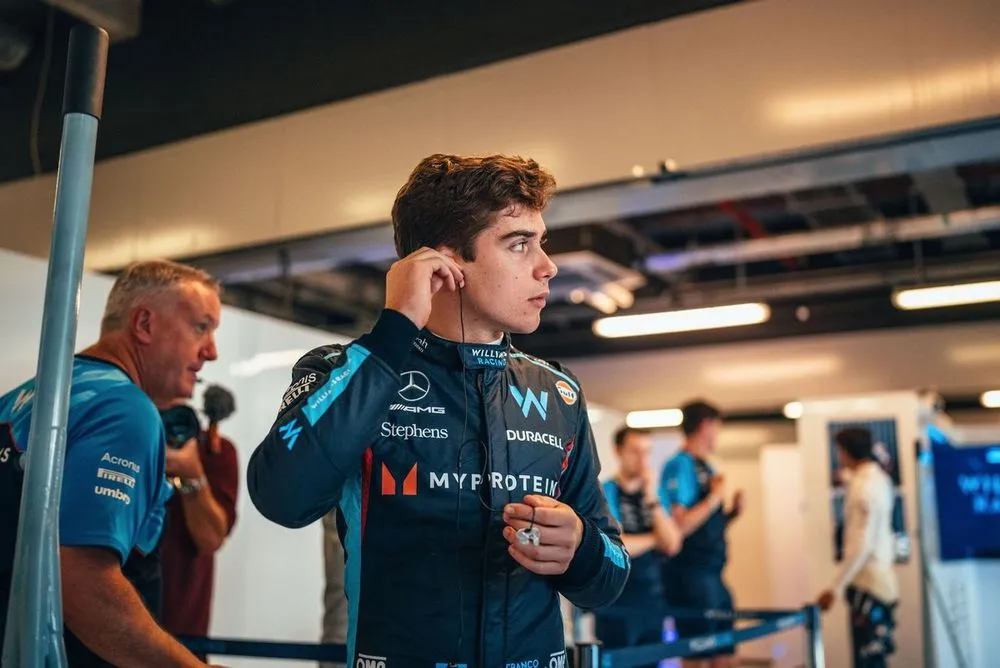



.jpg)
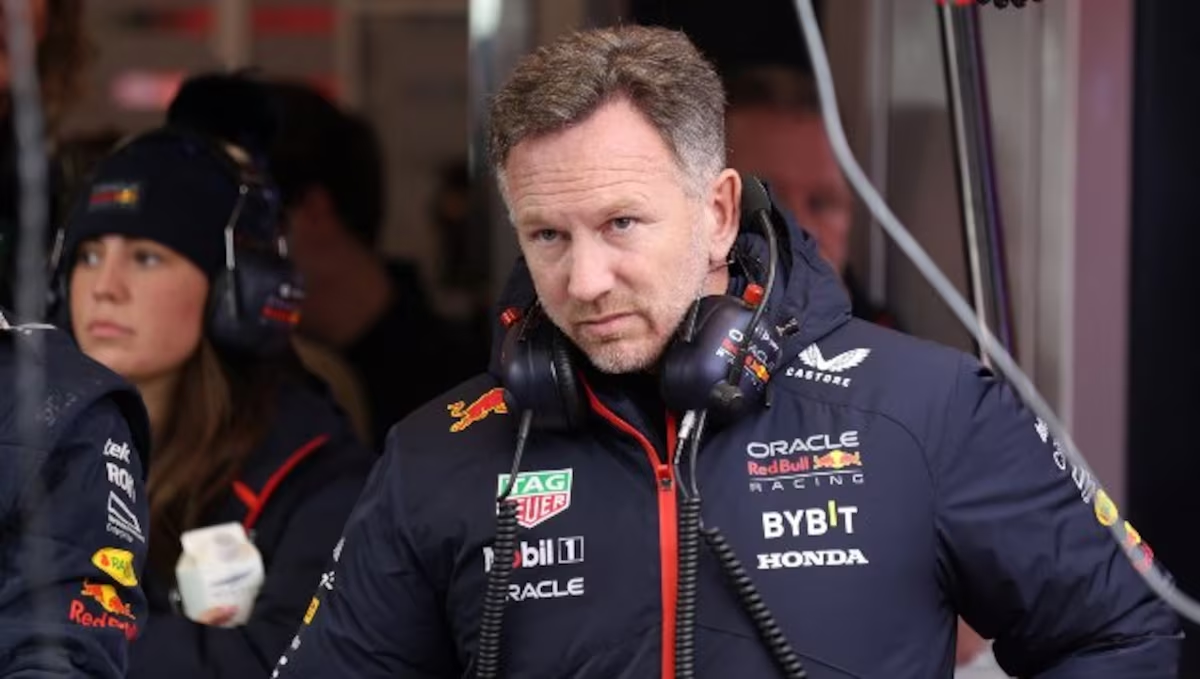

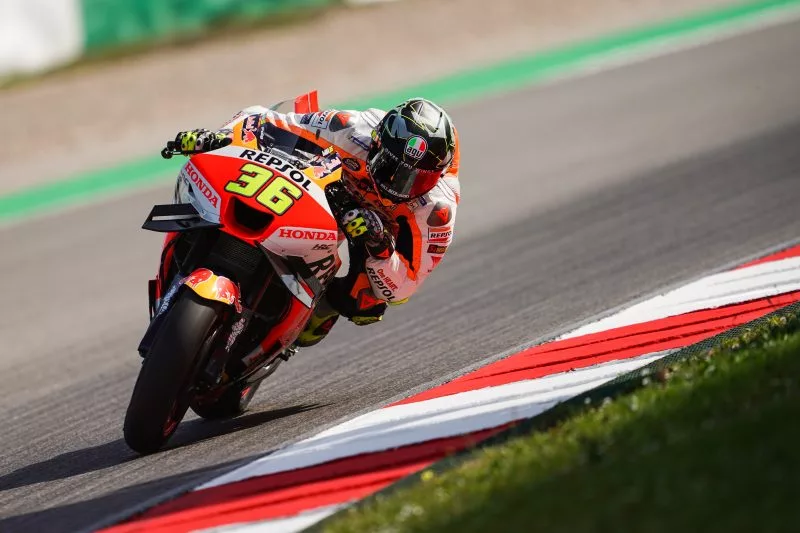
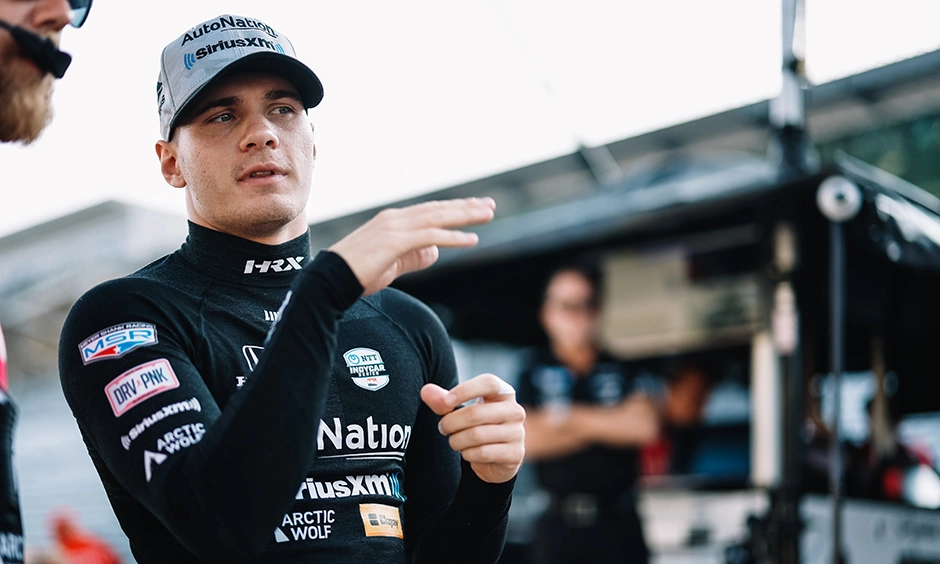
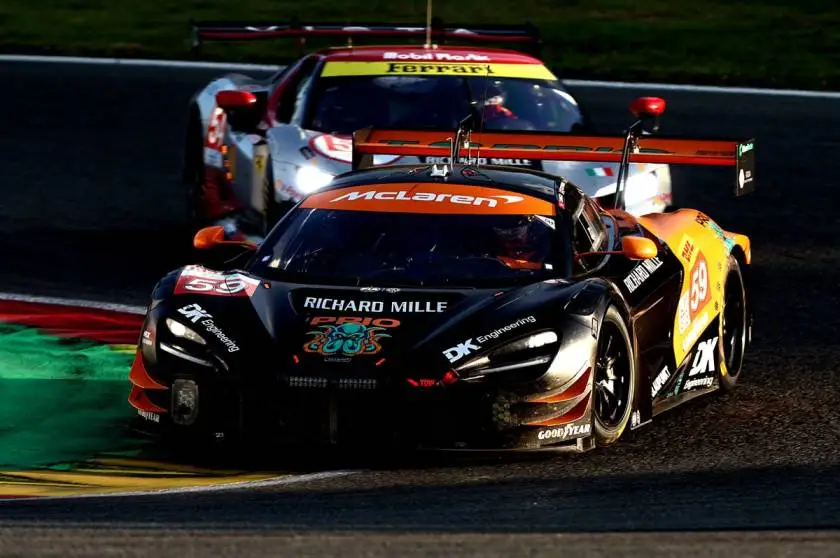
.jpg)
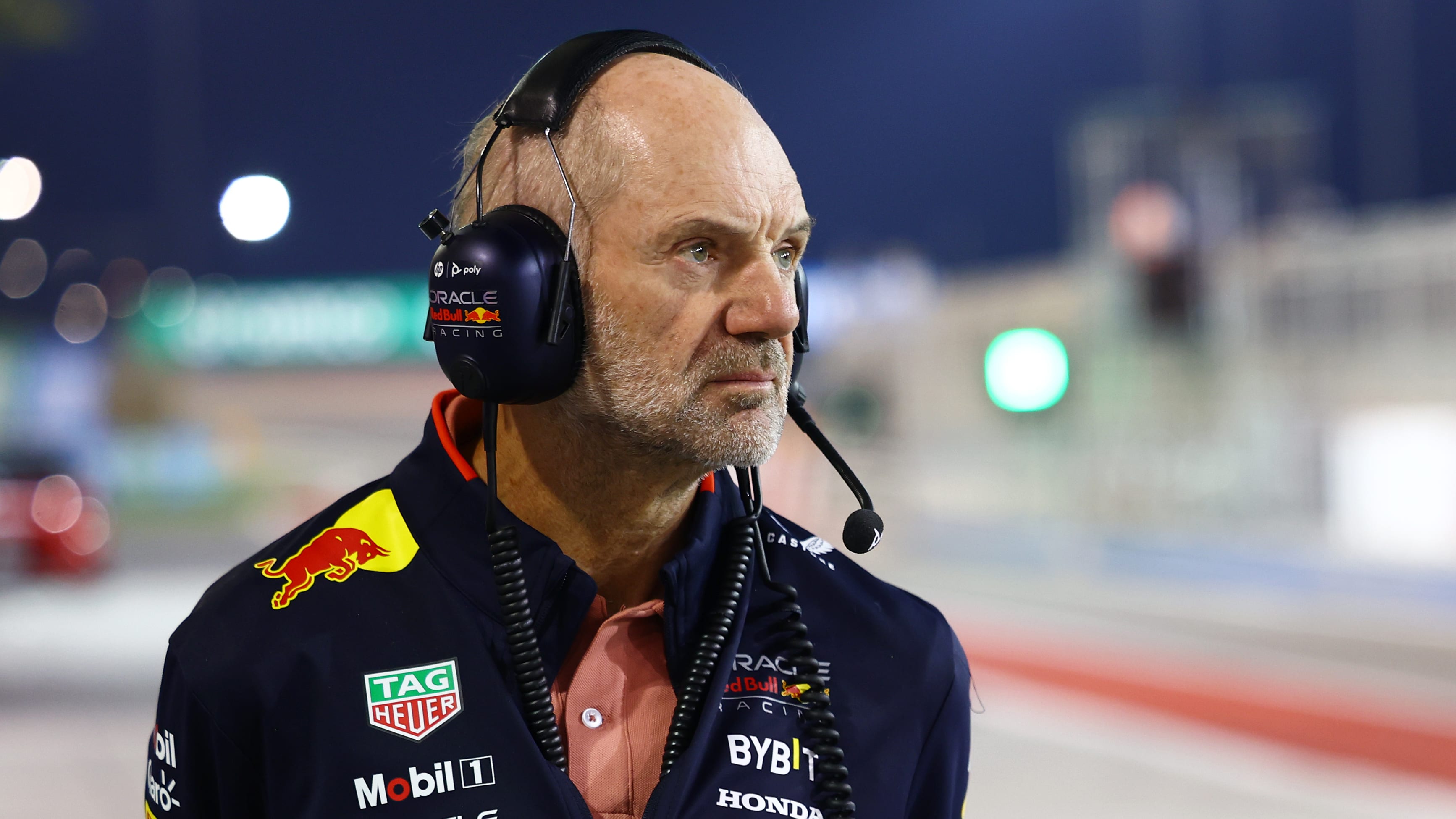
.jpg)